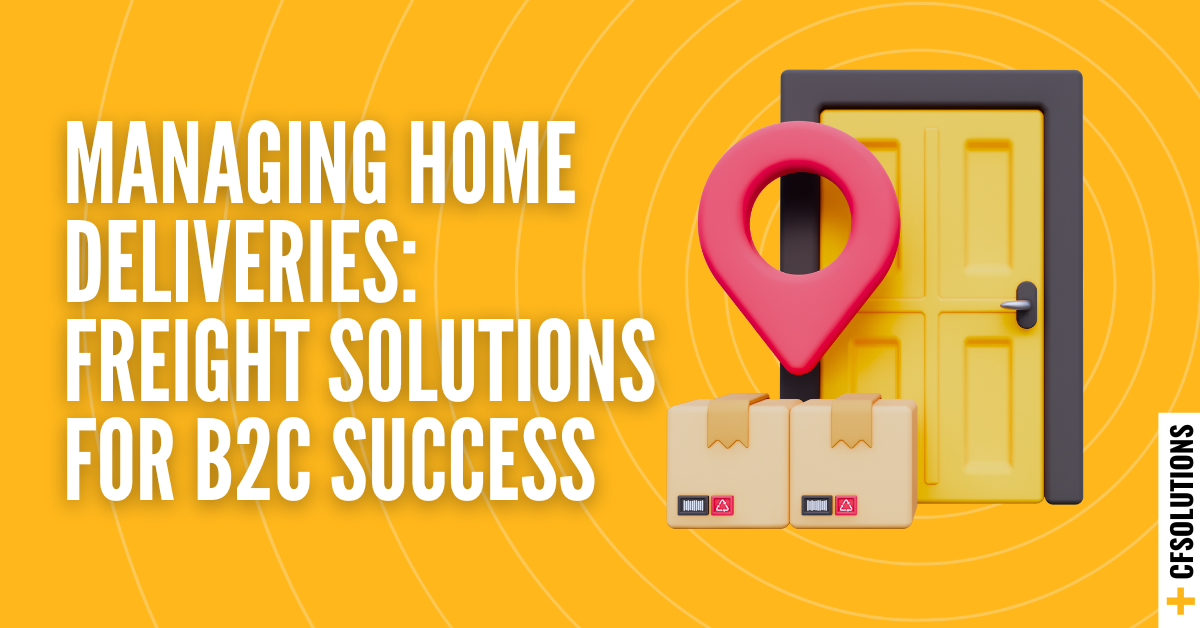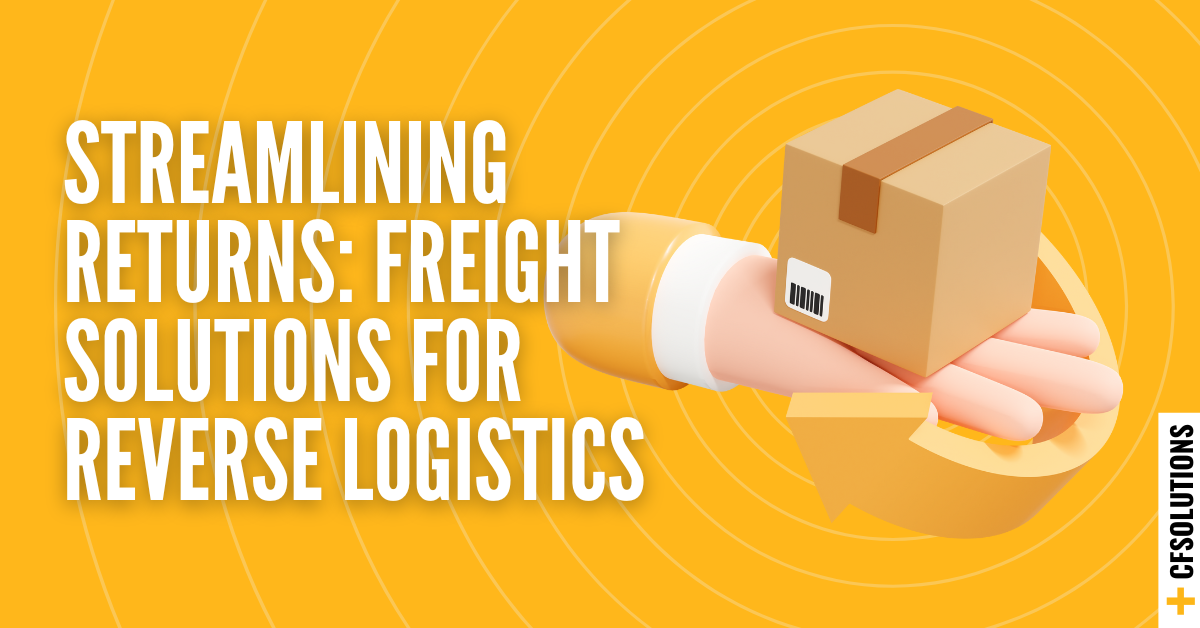
For businesses operating across multiple locations, managing freight can be a complex and costly challenge. From coordinating stock transfers to ensuring efficient communication between branches and head offices, multi-site operations demand a logistics strategy that is both flexible and robust.
Collaborative freight solutions simplify these processes by leveraging shared resources, centralised systems, and advanced reporting tools. Not only do these solutions optimise internal operations, but they also enhance the customer experience by offering seamless, reliable deliveries from any location.
What Are Collaborative Freight Solutions and What Are The Key Benefits for Multi-Site Businesses?
Collaborative freight solutions involve working closely with freight providers and carriers to centralise logistics, share resources, and use technology to improve visibility and efficiency. These solutions enable multi-site businesses to:
- Manage shipments from a central platform while addressing unique branch requirements.
- Optimise stock transfers and customer deliveries across multiple locations.
- Simplify reporting and billing, with options for branch-level or head-office consolidation.
1. Seamless Stock Transfers Across Locations
Moving inventory between branches or warehouses is a common need for multi-site businesses.
- Efficient Coordination: Collaborative freight solutions ensure smooth and timely stock transfers between locations.
- Consolidated Shipments: Combine stock from multiple sites to reduce costs and improve efficiency.
- Flexible Freight Modes: Use tailored freight modes for different shipment sizes, such as palletised goods or smaller packages.
Example: A retail business can transfer stock from underperforming stores to high-demand locations without disrupting operations.
2. Enhanced Customer Experience with Multi-Location Despatch
Customers benefit when businesses can despatch orders from multiple locations based on proximity and stock availability.
- Faster Deliveries: Reduce transit times by shipping from the nearest branch or warehouse.
- Cost Allocation: Assign freight costs to the owning branch or department while ensuring the customer receives a seamless experience.
- Improved Reliability: Ensure stock availability by pulling from multiple locations when needed.
Pro Tip: Collaborative freight solutions allow businesses to meet customer expectations without additional administrative burdens.
3. Centralised Management for Consistency and Oversight
Collaborative freight solutions make it easy to manage logistics across multiple locations with a centralised system.
- Unified Freight Management: Oversee all shipments, from stock transfers to customer deliveries, in one platform.
- Standardised Service Levels: Ensure consistent delivery timelines and quality across all branches.
- Better Coordination: Improve communication between branches, head offices, and carriers for smoother operations.
4. Advanced Reporting and Financial Control
Collaborative freight solutions offer powerful reporting and cost-management tools that benefit both branch and head-office operations.
- Branch-Level Insights: Access detailed data on freight performance, costs, and delivery times for each location.
- Centralised Reporting: Consolidate information from all branches for easy analysis and strategic decision-making.
- Cost Allocation: Assign freight expenses to the appropriate branch or department, improving financial transparency.
- Consolidated Invoicing: Simplify billing by receiving one invoice for multiple locations, either at a branch or head-office level.
5. Cost Savings Through Optimisation
By leveraging shared resources and negotiated rates, collaborative freight solutions reduce overall logistics costs.
- Volume Discounts: Negotiate sharper rates based on combined shipment volumes across locations.
- Consolidated Shipments: Reduce per-unit shipping costs by combining loads from multiple branches.
- Freight Mix Optimisation: Use a mix of road, rail, and air freight to balance cost and speed based on shipment needs.
Pro Tip: Businesses can roll out a national freight strategy that benefits all locations while maintaining local flexibility.
6. Flexibility and Scalability for Growth
Collaborative freight solutions are designed to adapt to changing business needs.
- Seasonal Peaks: Scale operations quickly during high-demand periods without compromising service quality.
- Regional Challenges: Work with carriers equipped to handle unique regional or remote delivery requirements.
- Custom Solutions: Tailor freight strategies to align with the specific needs of each branch.
7. Benefits to Customers and Brand Loyalty
A collaborative freight approach not only benefits internal operations but also enhances the customer experience.
- Faster Deliveries: Proximity-based despatch ensures quicker delivery times.
- Improved Communication: Use real-time tracking and updates to keep customers informed.
- Reliable Service: Consistent delivery performance across all locations builds trust and loyalty.
Collaborative freight solutions are a game-changer for multi-site businesses. By streamlining logistics, optimising costs, and enhancing communication, these solutions make it easier to manage operations across multiple locations. Additionally, they improve the customer experience by enabling faster, more reliable deliveries and providing greater visibility throughout the freight process.
Ready to discuss collaborative freight solutions? Connect with our team to explore customised transport solutions tailored to your business needs.
Subscribe to our Newsletter or Follow Our Socials
Related Posts
- by Customised Freight Solutions
- 0 Comments
How Collaborative Freight Solutions Benefit Multi-Site Businesses
For businesses operating across multiple locations, managing freight ...
Read More- by Customised Freight Solutions
- 0 Comments
Managing home Deliveries: Freight Solutions for B2C Success
As e-commerce continues to grow, managing home deliveries has become ...
Read More- by Customised Freight Solutions
- 0 Comments
Streamlining Returns: Freight Solutions for Reverse Logistics
Reverse logistics, the process of managing returned goods, is a ...
Read More


